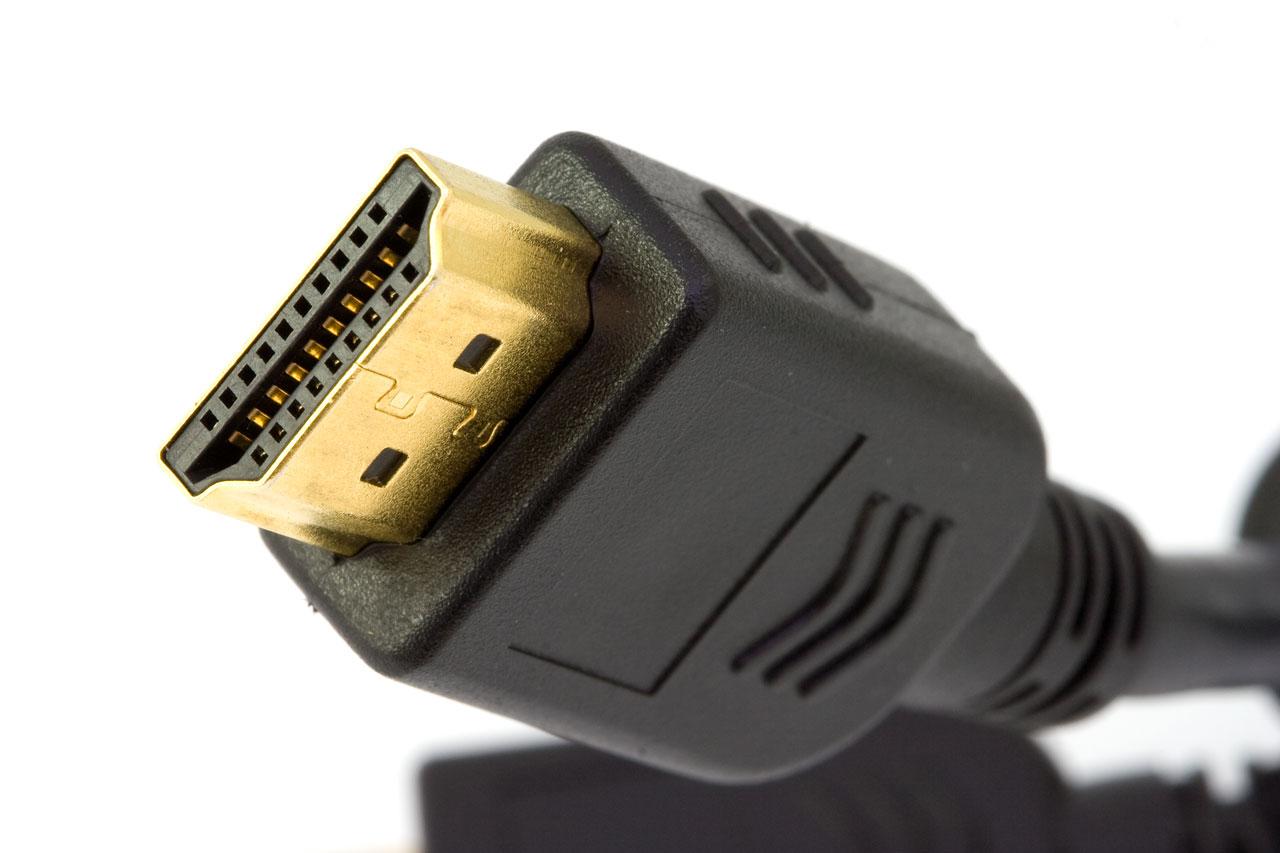An HDMI cable is composed of four shielded twisted pairs, with an impedance of the order of 100 Ω (±15%), plus seven separate conductors. HDMI cables with Ethernet differ in that three of the separate conductors instead form an additional shielded twisted pair (with the CEC/DDC ground as a shield).

Although no maximum length for an HDMI cable is specified, signal attenuation (dependent on the cable’s construction quality and conducting materials) limits usable lengths in practice and certification is difficult to achieve for lengths beyond 13 m. HDMI 1.3 defines two cable categories: Category 1-certified cables, which have been tested at 74.5 MHz (which would include resolutions such as 720p60 and 1080i60), and Category 2-certified cables, which have been tested at 340 MHz (which would include resolutions such as 1080p60 and 4K30). Category 1 HDMI cables are marketed as “Standard” and Category 2 HDMI cables as “High Speed”. This labeling guideline for HDMI cables went into effect on October 17, 2008. Category 1 and 2 cables can either meet the required parameter specifications for interpair skew, far-end crosstalk, attenuation, and differential impedance, or they can meet the required nonequalized/equalized eye diagram requirements. A cable of about 5 meters (16 feet) can be manufactured to Category 1 specifications easily and inexpensively by using 28 AWG (0.081 mm²) conductors. With better quality construction and materials, including 24 AWG (0.205 mm²) conductors, an HDMI cable can reach lengths of up to 15 meters (49 feet). Many HDMI cables under 5 meters of length that were made before the HDMI 1.3 specification can work as Category 2 cables, but only Category 2-tested cables are guaranteed to work for Category 2 purposes.
